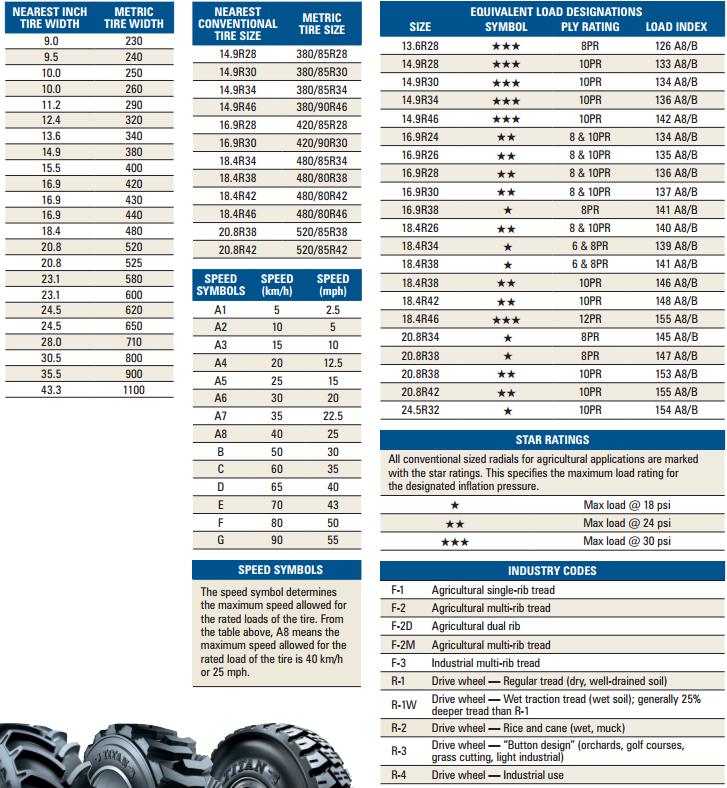Tires over time will age and wear down. The following tips will help you get the most out of your tires:
As tractor tires wear down, you may notice performance and productivity declines. This can result in higher fuel consumption and lost time because energy is lost when the tire slips or loses traction. When your slip starts to increase, then it is often a sign you should consider replacing your tractor tires.
The frequency at which you should replace your tires depends on your local climate. Wetter regions tend to require more frequent tractor tire replacement than dryer regions.
If you start to see cords, then the tire needs to be replaced immediately. Sometimes damaged tires can be repaired — if your tire was damaged, you might be able to save money by having it repaired rather than replacing it.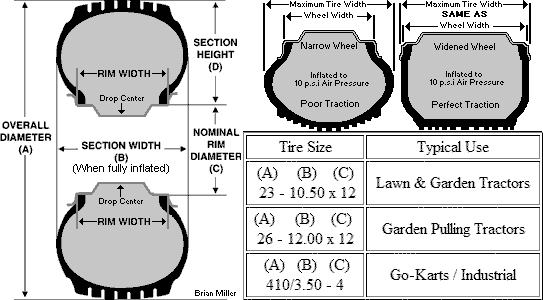 Each instance is different, so it is best to speak with a qualified service person.
Each instance is different, so it is best to speak with a qualified service person.
The largest manufacturers of farm tractor tires include Goodyear, Titan, Carlisle, and Advance. Titan International is one the largest off-highway tire manufacturers, selling tires under the Titan and Goodyear brand names.
Tractor tires come in many shapes and sizes. When you change your tires, you should check your existing tires and make sure your new tires will fit properly. Tractor tires use three different formats: Standard, Radial and Metric.
An example of tractor tire size expressed in Standard format would be “20.8-42”. The “20.8” means the tire is 20.8 inches wide and the “42” indicates the tire fits a 42-inch diameter wheel. The dash “-” indicates the tire construction is bias-ply (an "R" would be used if the tire were radial).
Tractor tire sizes are stated in Standard (Imperial measurement, inches), Radial, and Metric (millimeters) Sizes. You should first establish which measurement your tire uses, and then you can use the chart below to reference the tire size you need.
You should first establish which measurement your tire uses, and then you can use the chart below to reference the tire size you need.
We have included a basic tire conversion chart below. To convert from metric to imperial (millimeters to inches), you can divide the number by 25.4 to get the inches equivalent. To convert from imperial to metric, multiple by 25.4 to get the millimeter equivalent.
| Standard Size | Radial Size | Metric Size |
| 11.2X20 | 11.2R20 | 280/85R20 |
| 12.4X20 | 12.4R20 | 320/85R20 |
| 9.5X24 | 9.5R24 | 250/85R24 |
| 11.2X24 | 11.2R24 | 280/85R24 |
12.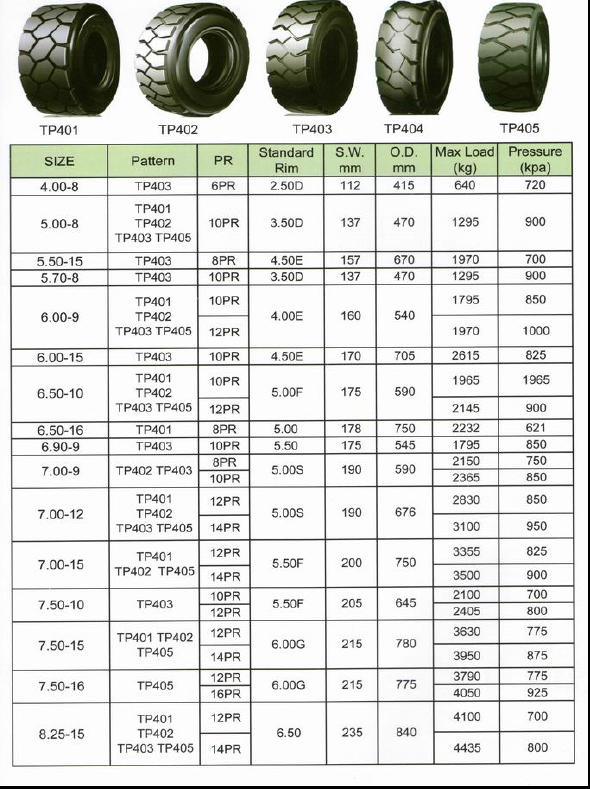 4X24
4X24 | 12.4R24 | 320/85R24 |
| 13.6X24 | 13.6R24 | 340/85R24 |
| 14.9X24 | 14.9R24 | 380/85R24 |
| 16.9X24 | 16.9R24 | 420/85R24 |
| 18.4X26 | 18.4R26 | 420/85R26 |
| 11.2X28 | 11.2R28 | 280/85R28 |
| 12.4X28 | 12.4R28 | 320/85R28 |
| 13.6X28 | 13.6R28 | 340/85R28 |
| 14.9X28 | 14.9R28 | 380/85R28 |
| 16.9X28 | 16.9R28 | 420/85R28 |
| 14.9X30 | 14.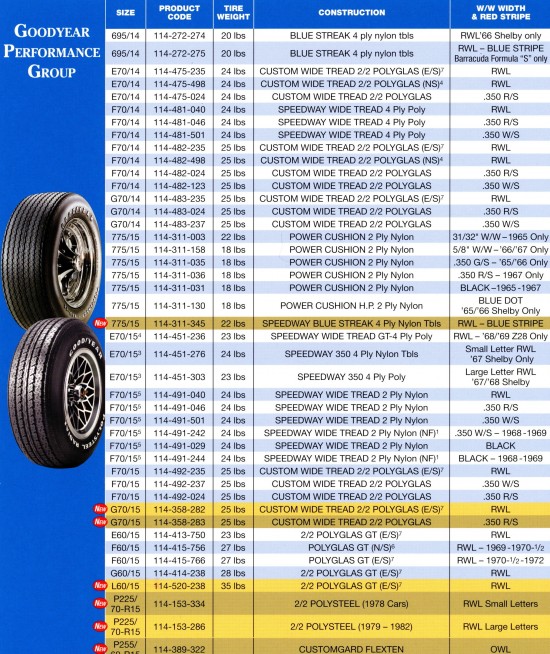 9R30 9R30 | 380/85R30 |
| 16.9X30 | 16.9R30 | 420/85R30 |
| 420/90R30 | ||
| 18.4X30 | 18.4R30 | 460/85R30 |
| 12.4X32 | 12.4R32 | 320/85R32 |
| 12.4X34 | 12.4R34 | 320/85R34 |
| 14.9X34 | 14.9R34 | 380/85R34 |
| 16.9X34 | 16.9R34 | 420/85R34 |
| 18.4X34 | 18.4R34 | 460/85R34 |
| 20.8X34 | 20.8R34 | 520/85R34 |
| 12.4X36 | 12.4R36 | 320/85R36 |
13.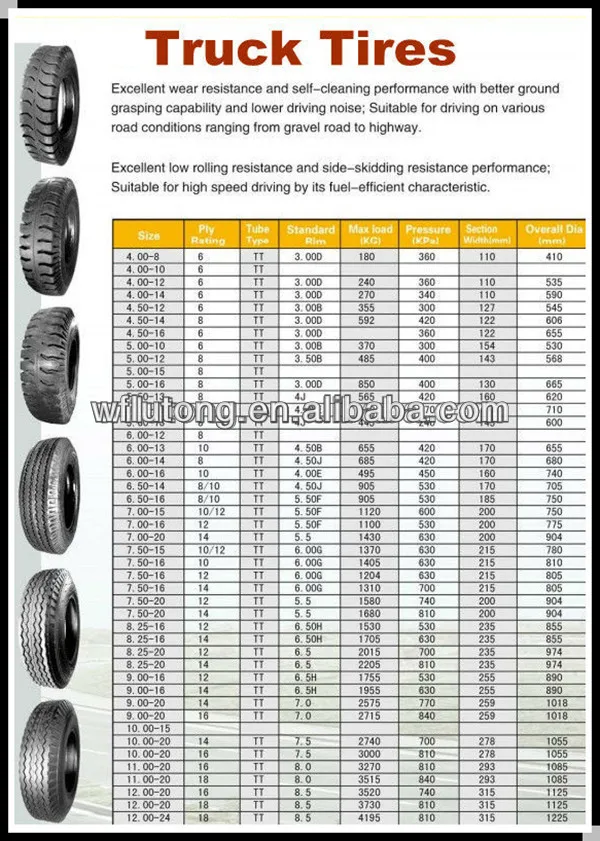 6X36
6X36 | 13.6R36 | 340/85R36 |
| 13.6X38 | 13.6R38 | 340/85R38 |
| 14.9X38 | 14.9R38 | 380/85R38 |
| 16.9X38 | 16.9R38 | 420/85R38 |
| 18.4X38 | 18.4R38 | 460/85R38 |
| 20.8X38 | 20.8R38 | 520/85R38 |
| 18.4X42 | 18.4R42 | 460/85R42 |
| 20.8X42 | 20.8R42 | 520/85R42 |
| 20.8X46 | 20.8R46 | 520/85R46 |
Source: Ken Jones Tires
Tractor tire tread options
Preventing tire dry rot
#agriculture #tractors #guides
It is straight-forward to look for the number on the sidewall of your tire when searching for your tractor tire size. Understanding tractor tire sizes, however, requires breaking down the jargon on your sidewall. Tractor tire sizes are indicated using both standard and metric formats. The indications on your sidewall matter replacing your tires, and also when inquiring about the amount of beet juice tire ballast needed for your specific tire size. We get inquiries for the amount of ballast needed for countless tire sizes. As a result, we have been conducting research to obtain a better understanding of tractor tire sizes and thought it would be helpful to share the information we have found with you.
Understanding tractor tire sizes, however, requires breaking down the jargon on your sidewall. Tractor tire sizes are indicated using both standard and metric formats. The indications on your sidewall matter replacing your tires, and also when inquiring about the amount of beet juice tire ballast needed for your specific tire size. We get inquiries for the amount of ballast needed for countless tire sizes. As a result, we have been conducting research to obtain a better understanding of tractor tire sizes and thought it would be helpful to share the information we have found with you.
Standard tire sizes are the easier of the two measurements to read. An example is “16.9 – 30”. Here, “16.9” indicates the width of the tire in inches and “30” indicates the tire will fit a wheel that is 30 inches in diameter. The “-” indicates the tire is bias-ply design. A standard tire size replacing the “-” with an “R” indicates the tire is radial design. To clarify, radial and bias-ply designs will be explained later on.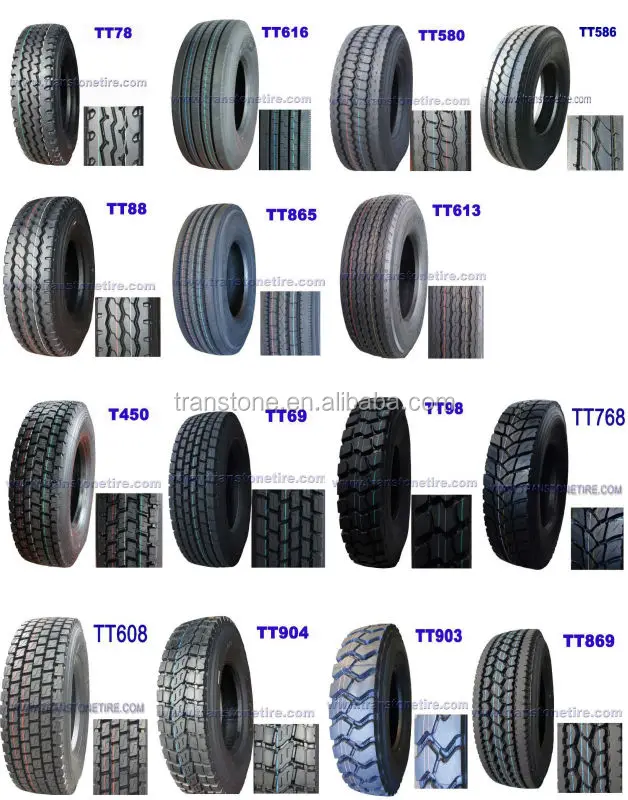 Some standard sizes include the tire width. An example of what this would look like is “27 x 8.5 – 15” with “8.5” indicating the width of the tire in inches.
Some standard sizes include the tire width. An example of what this would look like is “27 x 8.5 – 15” with “8.5” indicating the width of the tire in inches.
Next, is the metric format. Sizes like “380/70R24” are metric and found on most modern tires. Firstly, “380” indicates the width of the tire in mm. Secondly, the “70” indicates the Aspect Ratio of the tire. Width multiplied by aspect ratio gives sidewall height, so (380 x 70% = 266). Therefore, sidewall height of this tire is 266mm. “R” means the tire is radial. Lastly, “24” is the rim diameter in inches.
Tire sizes containing “R” are radial. Radial tires contain an embedded structure around the circumference of the tire. Radial treads flex independently from the sidewall. Therefore, allowing for more traction, even tread wear, and less of a footprint left in the field.
Tire sizes containing “-” are bias-ply. Bias ply tires contain multiple overlapping layers at an angle of 30-45 degrees to the tread line.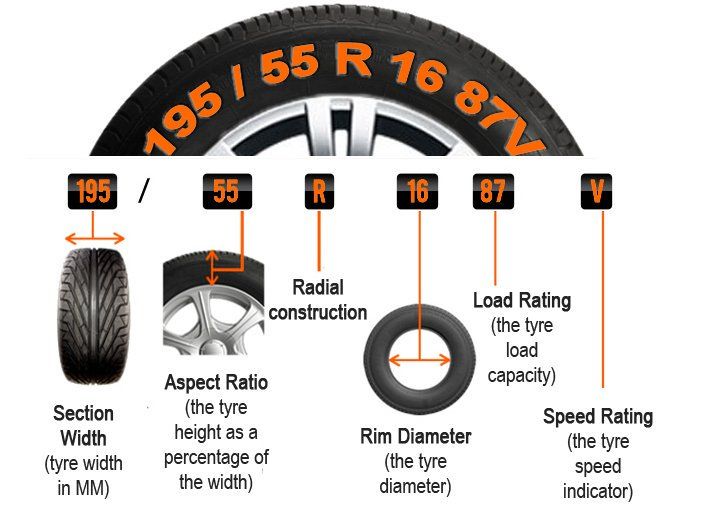 Bias ply tires are stiff, so they are less prone to puncture when navigating over rough ground.
Bias ply tires are stiff, so they are less prone to puncture when navigating over rough ground.
Load index is a method to report load carrying capacity of a tire relative to its speed rating. In our example “125” is the load index rating. So, “125” means there is a capacity of 3640 pounds. Check out more load index values here Load Index Chart
Speed index indicates the speed a tire can travel when carrying a particular load. In reference to our example, the speed index is “A8” meaning the maximum speed it’s designed to run is 25 MPH. See the full list of values on our Speed Index Chart
Different jobs call for different styles of tread. Whether you are using your tractor for mowing or pulling implements in the field, there are various tread styles to help yield the best results. The tread style in our sample reference, “R1”, is arguably the most popular. These treads are versatile and perform well in mud, dirt and fields. View an expanded list of the most popular tread styles in agriculture Tractor Tread Style Chart
View an expanded list of the most popular tread styles in agriculture Tractor Tread Style Chart
We hope this helps you decode the jargon on your sidewall. If there are any areas we are missing, feel free to let us know! Our goal with this research is to determine how much beet juice is needed to fill every tire. Interested in inquiring about our beet juice tire ballast? We can help you find your nearest dealer by filling out the form on our webpage, or by emailing [email protected]
Objects per page 102030
Reducing harvesting costs is impossible without good tires for agricultural equipment. With the development of scientific analysis capabilities and the rapid advancement of modern technology, the variety of agricultural equipment, machinery, vehicles and other technical devices has greatly increased in recent times, making life easier for the farmer.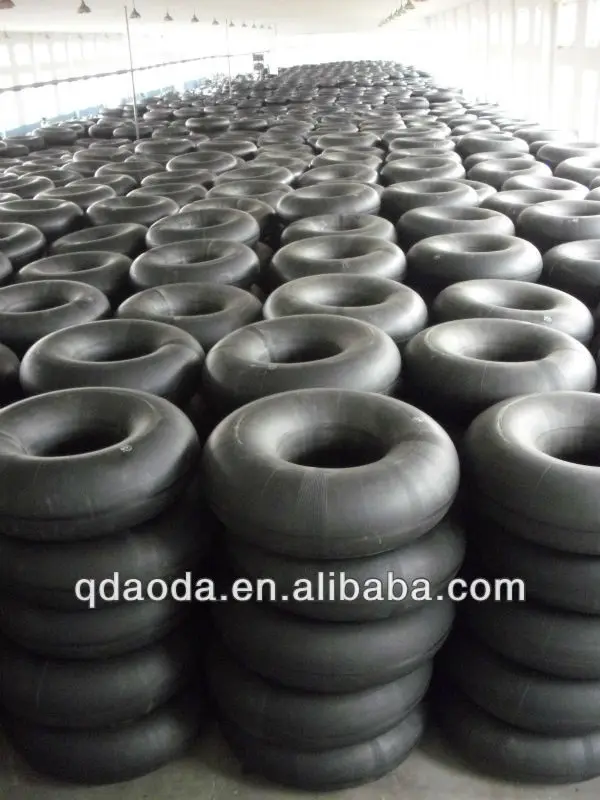 Accordingly, these developments have increased demand in the specialty tire manufacturing and distribution market. Tires for agricultural machinery are no exception. Recently, the varieties of agricultural equipment, mechanisms and vehicles and, accordingly, the range of tires suitable for them for agricultural machinery have increased significantly.
Accordingly, these developments have increased demand in the specialty tire manufacturing and distribution market. Tires for agricultural machinery are no exception. Recently, the varieties of agricultural equipment, mechanisms and vehicles and, accordingly, the range of tires suitable for them for agricultural machinery have increased significantly.
Special tires to minimize soil damage during agricultural work: read here
In our online store, there are many options for tires made in a diagonal and radial type carcass, with flotation, traction, road, ribbed treads, off-road treads, etc. Here we detail the application features a little. Radial tires are soft and will not suffer serious damage when driving on uneven surfaces. Diagonal - on the contrary, more solid and rigid in motion.
See also: optimal tread pattern for backhoe loader
The tread pattern of rubber also plays a significant role in the daily operation of agricultural machinery. For example, a ribbed tread is suitable for mobile trailer wheels. It will provide excellent directional stability and grip even on loose rocky surfaces, and protect against side slipping. Knotty or multi-block protector can be installed both on the driving wheels and on the movable wheels of agricultural machinery. These tires are an excellent choice for soft soil types because they cause minimal damage to the soil. The directional traction protector is mounted on the drive wheels and provides flotation in different types of surface and weather conditions.
For example, a ribbed tread is suitable for mobile trailer wheels. It will provide excellent directional stability and grip even on loose rocky surfaces, and protect against side slipping. Knotty or multi-block protector can be installed both on the driving wheels and on the movable wheels of agricultural machinery. These tires are an excellent choice for soft soil types because they cause minimal damage to the soil. The directional traction protector is mounted on the drive wheels and provides flotation in different types of surface and weather conditions.
More about how to buy low pressure tires correctly
In the selection of tires for agricultural machinery, an important criterion is the purpose of certain equipment. This may not be a cause for concern, but if you are looking for high pressure, then it is better to choose a more elastic tire to avoid damage and punctures. And an unscheduled replacement of a tire for agricultural machinery is another additional unforeseen expense that everyone wants to avoid.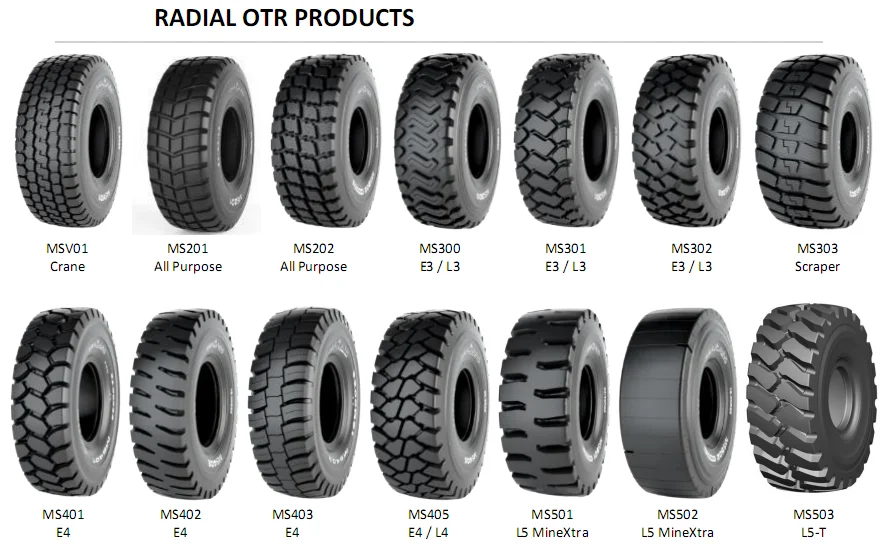 When you select a tire for working in rice fields, the tread of such wheels should be with a single rib pattern. Tires for agricultural equipment with such characteristics are better cleaned and hold course on unstable soil. Three- or four-ribbed tires are mounted on the driving axle of the tractor and can be used for all possible types of robots in all weather conditions. It is also important to understand that agricultural tires that are suitable for use during harvesting are not suitable for use during sowing.
When you select a tire for working in rice fields, the tread of such wheels should be with a single rib pattern. Tires for agricultural equipment with such characteristics are better cleaned and hold course on unstable soil. Three- or four-ribbed tires are mounted on the driving axle of the tractor and can be used for all possible types of robots in all weather conditions. It is also important to understand that agricultural tires that are suitable for use during harvesting are not suitable for use during sowing.
Properly selected tires for agricultural machinery are a guarantee of reliable and productive use of agricultural machines without damaging the soil and crops. The online store of tires for special equipment specshyna.ru allows its customers to always have the opportunity to choose several options for tire models with different price ranges to meet the capabilities and needs of everyone. Here you can find wheels for tractors, combines, seeders, fertilizer spreaders, tractor trailers, attachments and trailers.
The assortment of the store includes tires for agricultural machinery and equipment manufactured by Case (Case), John Deere (John Deere), Niva, New Holland (New Holland), Volvo (Volvo), Kubota (Kubota), Fendt (Fendt), Massey Ferguson (Massey Ferguson ), Class (Class), Deutz (Deutz), Fiat (Fiat), Ford (Ford), Amazone (Amazon), Great Plains (Great Plains), Vaderstad (Vaderstad), Accord (Accord), Horsch (Horsch), Gaspardo (Gaspardo), Kverneland (Kverneland), Lemken (Lemken), Kinze (Kinze), Samon (Samon), Grimme (Grimme), Lemken (Lemken), Volgelnoot (VogelNut), Teknamotor (Tehnamotor)), Quivohne. The online tire store specshyna.ru is a huge selection of tires for agricultural machinery by tread type and size (6.50-16, 10.0 / 75-15.3, 5.50-16, 9.00-16, 10.00-16, 16.5-18, 7.50-20, 11.2-20, 13.6-20, 16.0-20, 18.4-24, 14.9R24, 28LR26), reliable terms of cooperation, tire warranty, fast delivery across Russia.
Author: Marina Dekh
Tires for tractors are selected based on operating conditions.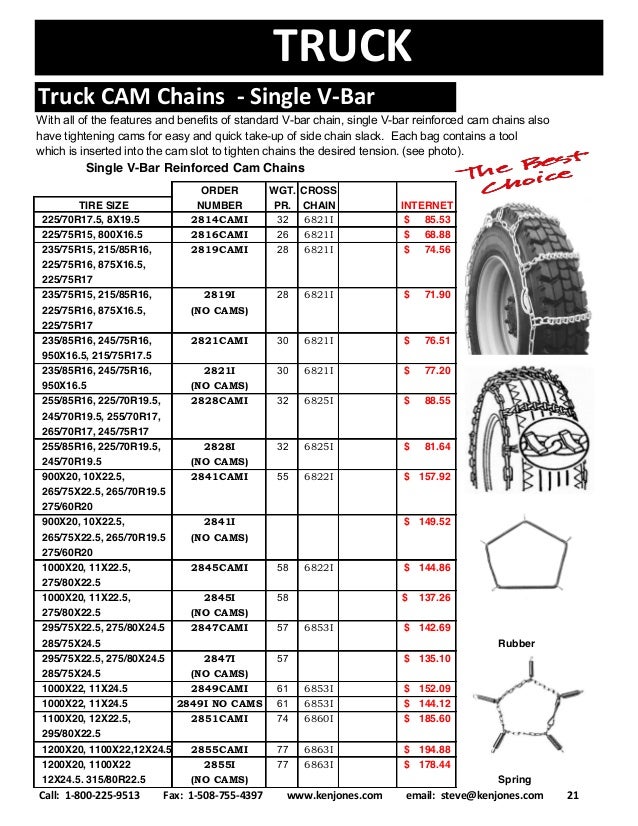 Tractors of the Minsk Tractor Plant (MTZ) are universal and are used very widely: when clearing snow on the streets, plowing fields and harvesting, etc. Accordingly, there is no universal “rubber” option for them. It all depends on how the equipment will be used: on what soil, in what speed mode, etc. The model also plays a role - it is obvious that a heavy tractor needs larger and stronger tires than a compact “mini”, and the pressure in tires MTZ 82 will be different than in the chambers of a forest tractor type L82.2. Sets for the front and rear axles are selected separately.
Tractors of the Minsk Tractor Plant (MTZ) are universal and are used very widely: when clearing snow on the streets, plowing fields and harvesting, etc. Accordingly, there is no universal “rubber” option for them. It all depends on how the equipment will be used: on what soil, in what speed mode, etc. The model also plays a role - it is obvious that a heavy tractor needs larger and stronger tires than a compact “mini”, and the pressure in tires MTZ 82 will be different than in the chambers of a forest tractor type L82.2. Sets for the front and rear axles are selected separately.
Tractor tire MTZ 82 consists of a chamber and a tire. The chamber serves to hold air in the inner cavity of the tire. The chamber walls and tires filled with compressed air perceive the loads acting on the tire. The tire consists of a tread, carcass, breaker, beads and sidewalls.
The carcass acts as the main power part of the tire, whose characteristics determine its load capacity and strength. The frame is made of several layers of special rubberized cord fabric, whose layers are tightly superimposed on each other. The tread is a running part of the tire made of a three-dimensional rubber layer, tightly fitting the carcass. The lugs and tread depressions form a pattern, the shape of which determines the grip of the tire with the ground surface. The breaker is a cushion layer made of soft rubber and serves to soften the impacts transmitted from the tread to the carcass. The sidewalls of the tire have much thinner covering layers of rubber and serve to protect the sidewalls of the carcass from damage. On the rim, the tire is fixed with the help of the beads. Inside the boards are wire rings wrapped with the ends of the carcass cord layers. Wire rings increase the rigidity of the tire beads and prevent them from stretching.
The frame is made of several layers of special rubberized cord fabric, whose layers are tightly superimposed on each other. The tread is a running part of the tire made of a three-dimensional rubber layer, tightly fitting the carcass. The lugs and tread depressions form a pattern, the shape of which determines the grip of the tire with the ground surface. The breaker is a cushion layer made of soft rubber and serves to soften the impacts transmitted from the tread to the carcass. The sidewalls of the tire have much thinner covering layers of rubber and serve to protect the sidewalls of the carcass from damage. On the rim, the tire is fixed with the help of the beads. Inside the boards are wire rings wrapped with the ends of the carcass cord layers. Wire rings increase the rigidity of the tire beads and prevent them from stretching.
Pneumatic tire MTZ 82:
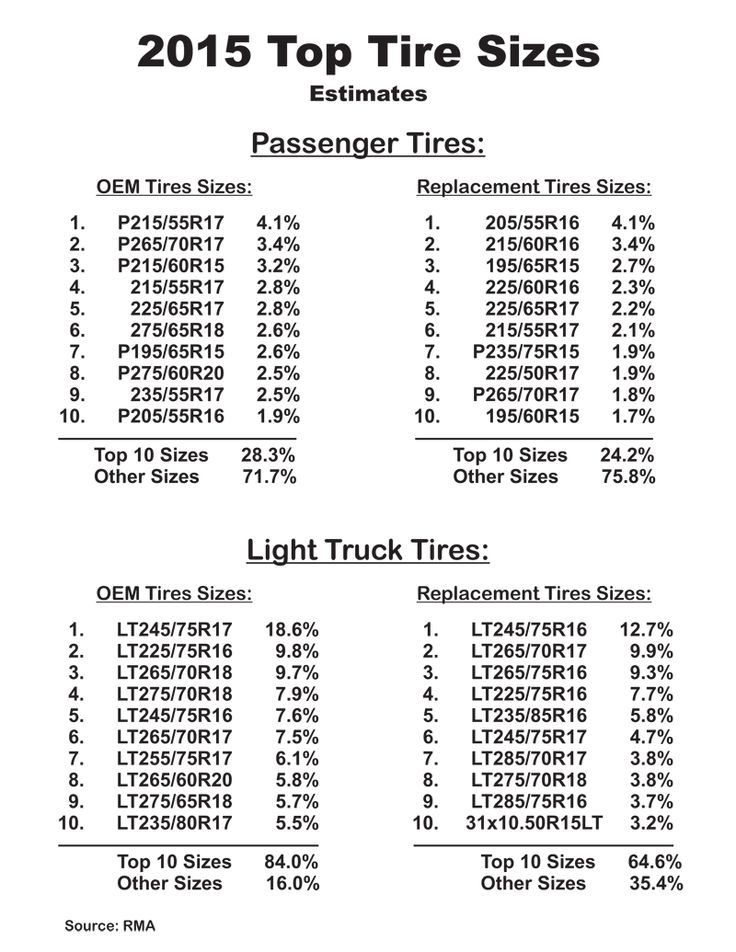
The chamber is filled with compressed air through a valve with a spool installed on it, which is a reverse-acting valve. The design of the tire valve for the rear wheels of the MTZ 82 tractor allows you to connect to it a device for filling tires with water or a similar liquid for ballasting the tractor.
Usually MTZ 82 rear tires are 15.5R38, front tires are 11.2-20. For each MTZ model, the manufacturer has established the recommended sizes of "rubber". Dimensions are selected according to the inner size of the tire, it must match the outer diameter of the rim. Otherwise, the owner has the right to choose between low- and high-profile tires, based on working conditions and financial capabilities.
Rear tires size 15.5-38 are distinguished by a reinforced breaker and radial placement of cords in the carcass. Tires, whose carcass has a diagonal arrangement of the carcass cord thread, form a tire profile plane with an angle of 50-54º, and tires with a radial design - their angle does not exceed 5º.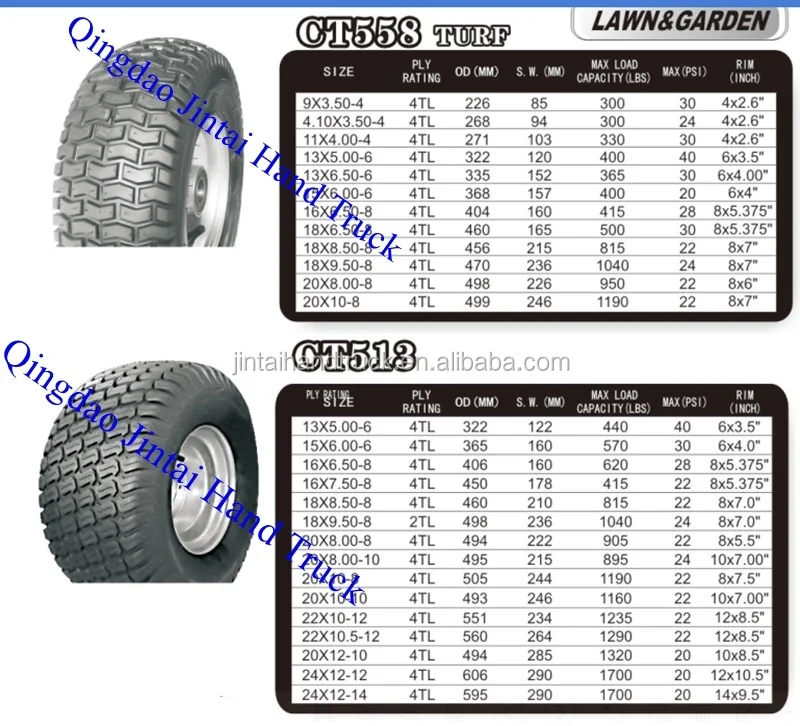 The radial arrangement of the cords gives the tire better flexibility. Also, these tires improve the traction and grip qualities of the tractor, compact the soil and slip less, and have a longer tread wear life.
The radial arrangement of the cords gives the tire better flexibility. Also, these tires improve the traction and grip qualities of the tractor, compact the soil and slip less, and have a longer tread wear life.
Operation and maintenance of MTZ tractor tires 82
The technical condition of the tires affects the traction and coupling properties of the tractor, its fuel consumption, throughput and performance. Thus, we can safely say that tires largely determine the productive and economical operation of the tractor. In addition, tires are expensive and wear parts of the tractor, the cost of which is about 12% of the cost of the tractor itself. Tires are changed 3-4 times during the entire life of the tractor, therefore, the cost of operating tires is approximately 20% of the total cost of operating the tractor.
The service life of a tire is affected not only by compliance with the rules of operation, but also by the conditions in which they are used: air humidity and temperature, road surface and soil properties. When using the tractor in the field, the service life of the tires is about 6000 hours, and when performing transport work, they wear out much faster. On stony soils, in mountainous areas, the tire life is reduced by 25-35%, and on winter snow cover, on the contrary, it increases by 25-30%.
When using the tractor in the field, the service life of the tires is about 6000 hours, and when performing transport work, they wear out much faster. On stony soils, in mountainous areas, the tire life is reduced by 25-35%, and on winter snow cover, on the contrary, it increases by 25-30%.
MTZ 82 front drive tires wear out faster than the rear ones. This is due to the fact that the rolling radius of the front tires is 1.7 times less than that of the rear ones. Passing the same path, the front tires make more revolutions.
Recommendations for the internal pressure in the tires, kgf/cm2
Violation of the norms of internal pressure in tires significantly reduces their service life. An internal pressure that is 20% lower than the norm reduces the service life by 15%, and an increased pressure reduces the service life by 10%. When performing certain types of work, temporary tire overload is permissible.
Due to the fact that there are many varieties of MTZ-80 for different tasks, the tire, respectively, can be different and differ in structure. The frame plays an important role, because all the effort and load falls on it. The correct carcass should evenly distribute the load, which increases the life of its tire and performance.
Fortunately, proper tire pressure and maintenance on your tractor will make changing a tire a breeze for a long time. According to statistics, for the entire life of the tractor, it is enough to replace the rubber 4 times.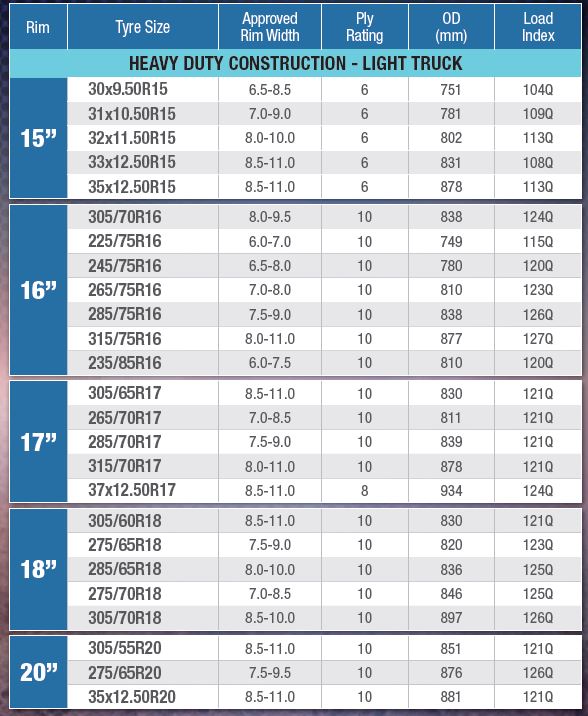 The agricultural tractor has a small feature related to the size of the wheels. For example, the diameter of the wheels is smaller in front, the rear wheels are an order of magnitude smaller. The pressure in the tractor tires on different wheels may differ, but in extreme cases, you can adhere to the indicator 1.4 kgf / cm2
The agricultural tractor has a small feature related to the size of the wheels. For example, the diameter of the wheels is smaller in front, the rear wheels are an order of magnitude smaller. The pressure in the tractor tires on different wheels may differ, but in extreme cases, you can adhere to the indicator 1.4 kgf / cm2
I must say that the radiality of the front wheels R20, installed on this model of the Belarusian tractor, is optimal for standard operation.
However, the machine can also be used in winter, in conditions of high snow cover, as well as when working in quarries, swamps and in other more difficult conditions.
That is why the manufacturer allows independent intervention of drivers and the choice of wheels of other recommended parameters.
When installing wheels of an off-design radius, the driver should be prepared for more frequent routine maintenance to repair the suspension, bearings in the hub, change the oil and other procedures, since an off-design load on all systems provokes rapid wear of all parts. 82
In some cases, on the most inaccessible sections of the road, the classic rear or four-wheel drive of the tractor cannot cope with a thick layer of mud and return back to its track.
However, this does not mean at all that the equipment will not be able to overcome such a section, since the driver only needs to change the mode - turn on the center differential lock and brake, which will make the wheels rotate simultaneously and the tractor driver will be able to pull the car out of almost any mud.
This locking system has the following fairly simple design and principle of operation:
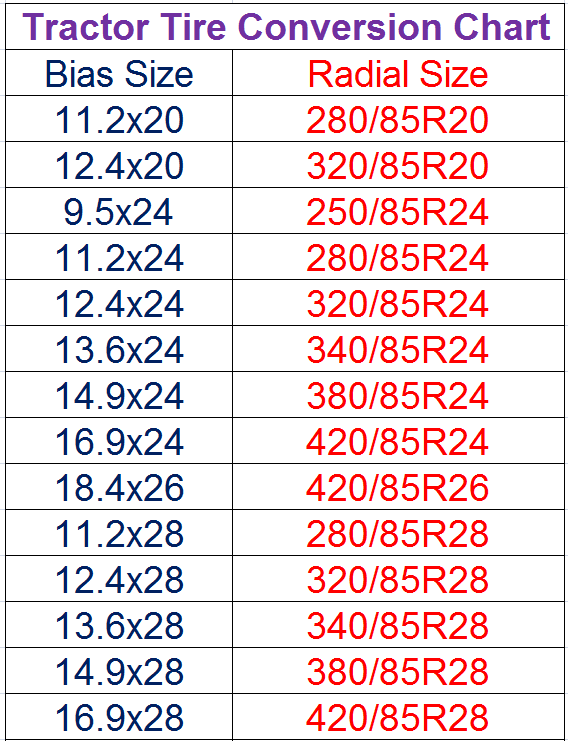
Tractor tire rupture Although the mechanical wheel lock is simple in execution and reliable in operation, it is difficult to operate and non-functional. Therefore, on modern models of Belarusian technology, a more advanced system is installed - a hydraulic locking drive, which is different in that it no longer requires effort and a long arm to actuate the mechanism, since the traction force increases many times under the action of compressed oil in the piston. However, such a system can cause leakage in the piston when overloaded and more time-consuming and costly repairs to the equipment.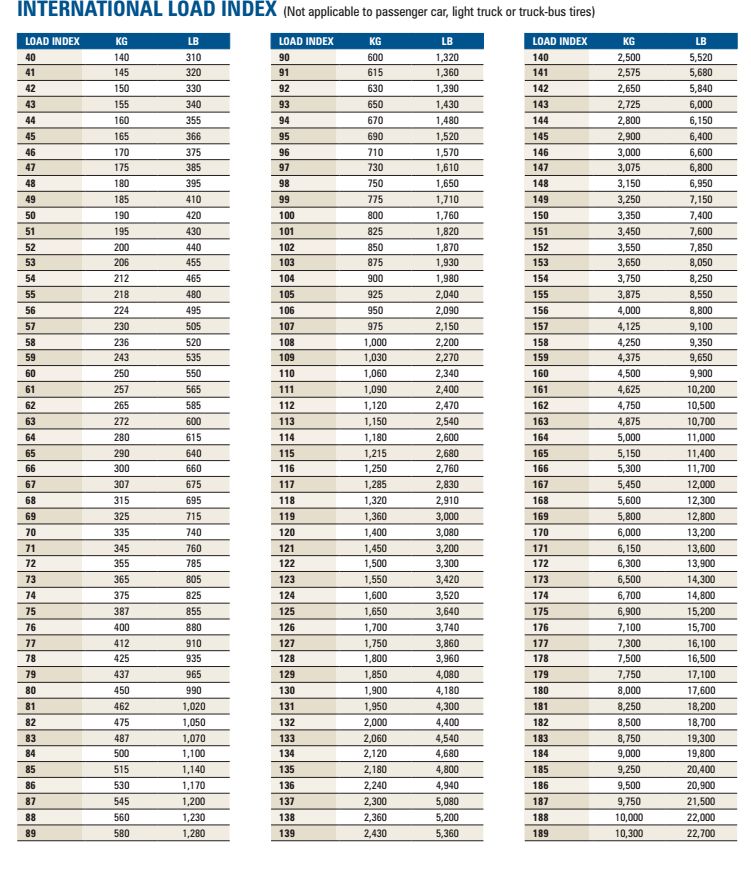
Often, on various Internet forums, owners and operators of MTZ-82 tractors complain about the problem when, while driving on a hard surface, their wheels become loose and start to “run”, which causes discomfort in cabin, and also causes damage to mechanisms.
The reason for these problems lies in several possible breakdowns of various systems at once, and the most common of them are listed below:
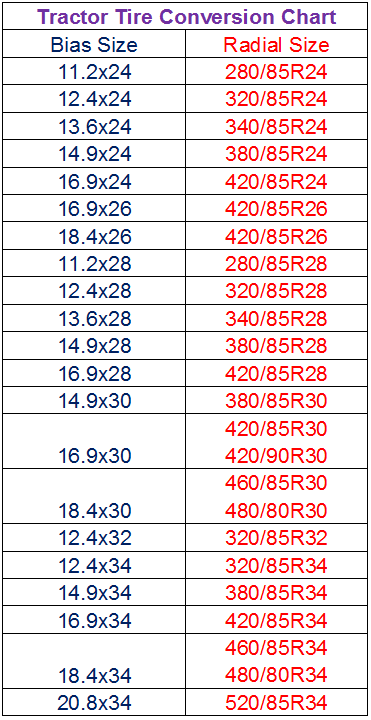 In addition to the rods, you should also check the shafts, couplings, ball bearings, bipods and sectors, each of which has a thread with nuts and, accordingly, needs periodic tightening.
In addition to the rods, you should also check the shafts, couplings, ball bearings, bipods and sectors, each of which has a thread with nuts and, accordingly, needs periodic tightening. 